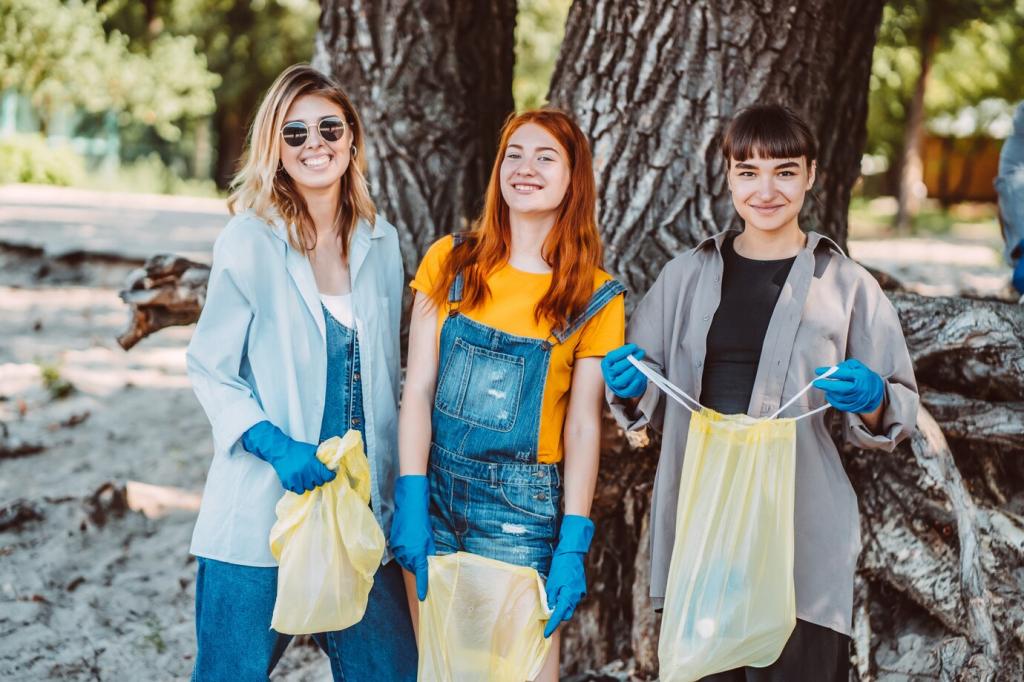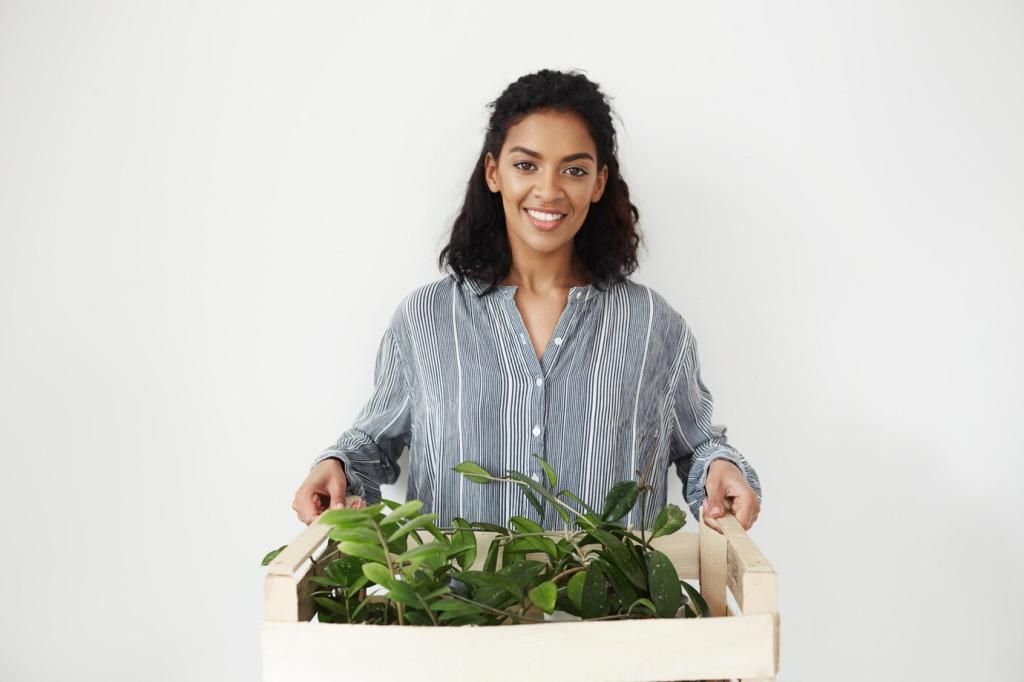Preserving Sustainable Furniture: Eco Cleaning Approaches
Chosen theme: Preserving Sustainable Furniture: Eco Cleaning Approaches. Welcome to a warm, practical guide for keeping planet-friendly pieces beautiful for decades with non-toxic routines that protect finishes, respect materials, and honor the values behind conscious design.
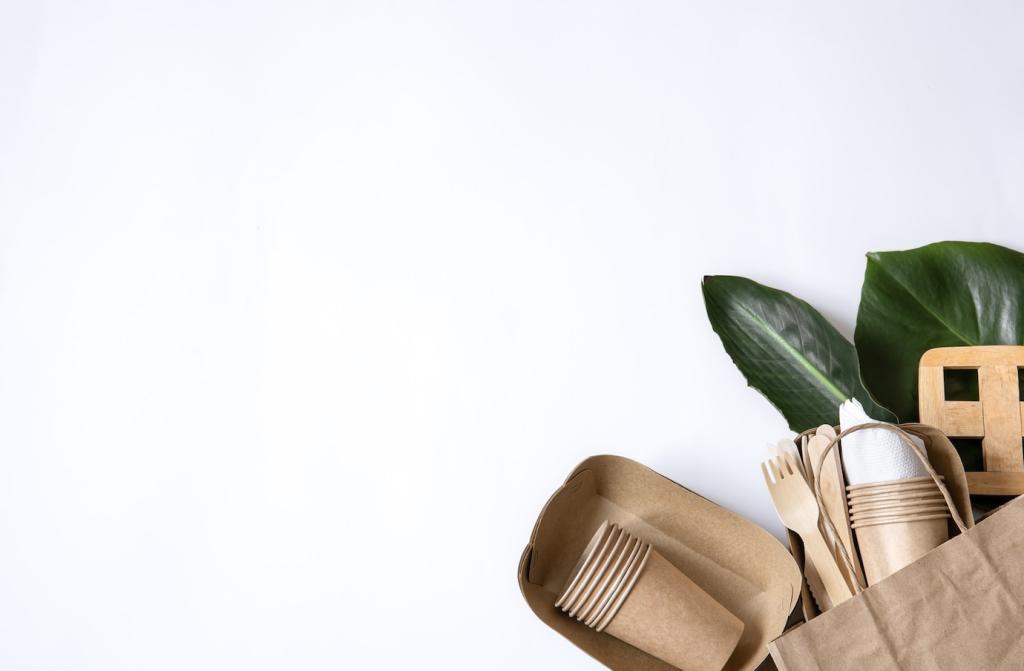
Why Eco Cleaning Extends the Life of Sustainable Pieces
Sustainable furniture often uses natural oils, low-VOC stains, or water-based sealants that respond differently to moisture and pH. Identify your finish first, then match your method—this prevents accidental dulling, swelling, or hazing that shortens a piece’s life. Tell us your finish mysteries!
Why Eco Cleaning Extends the Life of Sustainable Pieces
Ammonia, bleach, and solvent-heavy polishes can off-gas and damage eco finishes, making future repairs harder. Choose plant-based, biodegradable cleaners with transparent ingredient lists, and test in an inconspicuous spot. Comment if you’ve found a truly clean label worth recommending.
Why Eco Cleaning Extends the Life of Sustainable Pieces
Over-wetting wood, bamboo, or cork invites warping and raised grain. Instead, use a barely damp microfiber, wipe with the grain, and dry immediately. Gentle, frequent care prevents buildup so you rarely need heavy-duty cleaning. Subscribe for our seasonal maintenance checklist.
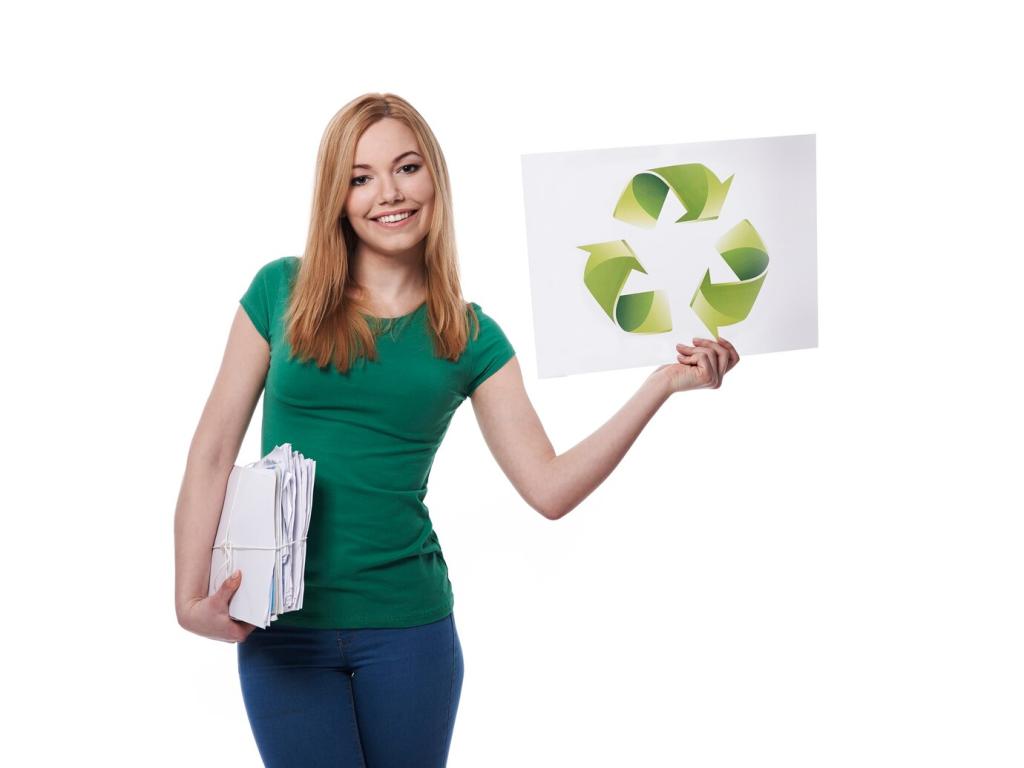
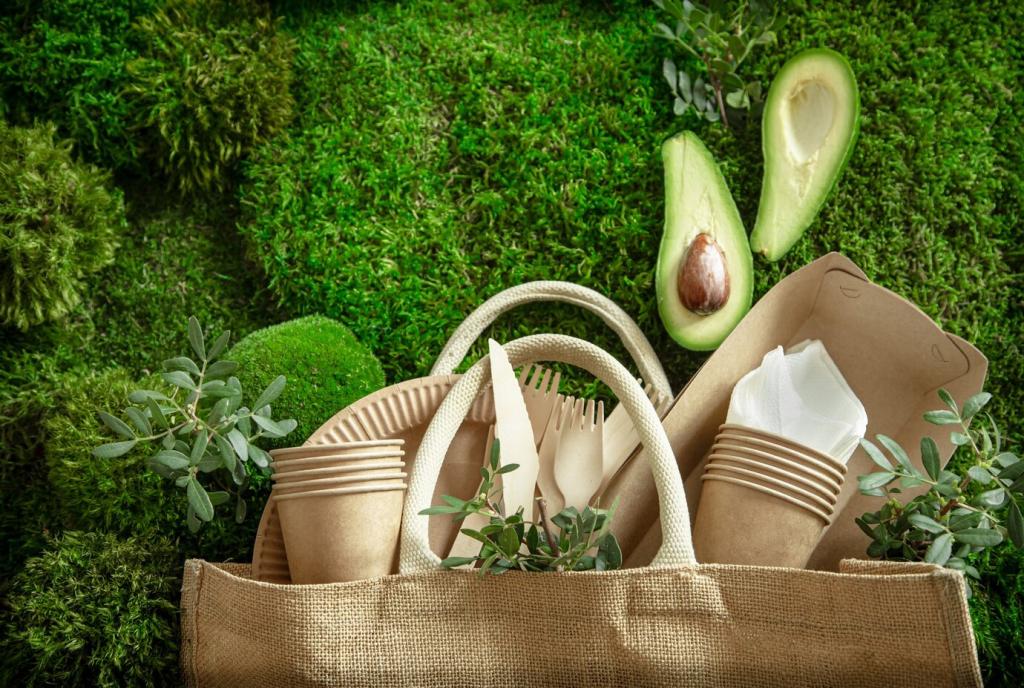
Material-Specific Care: Wood, Bamboo, Cork, and Recycled Metal
Dust weekly with a dry microfiber, then monthly refresh with a thin coat of natural oil or beeswax polish if your finish allows. Avoid citrus solvents on water-based coats. Always wipe spills quickly to prevent rings, and rotate decor to distribute wear evenly over time.
Material-Specific Care: Wood, Bamboo, Cork, and Recycled Metal
Bamboo and cork prefer a stable environment—aim for 40–55% humidity. Clean with a mild, pH-neutral soap solution on a barely damp cloth, then dry thoroughly. Skip soaking, steam, and abrasive pads. Share your climate challenges and we’ll help you fine-tune preventative habits.
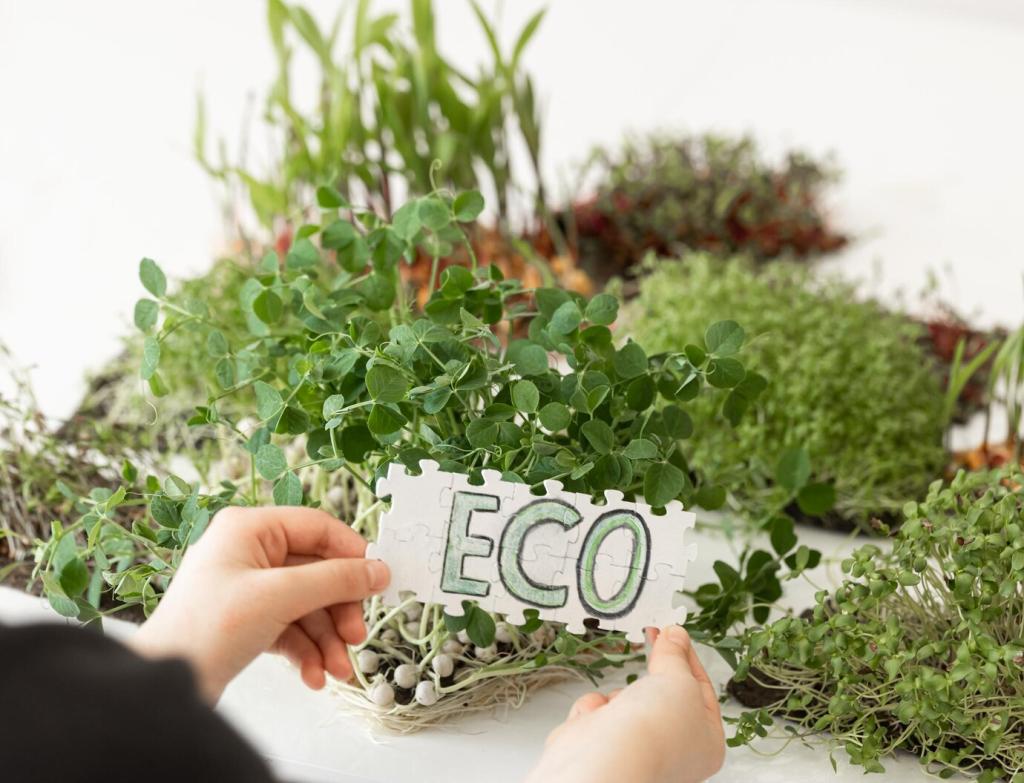

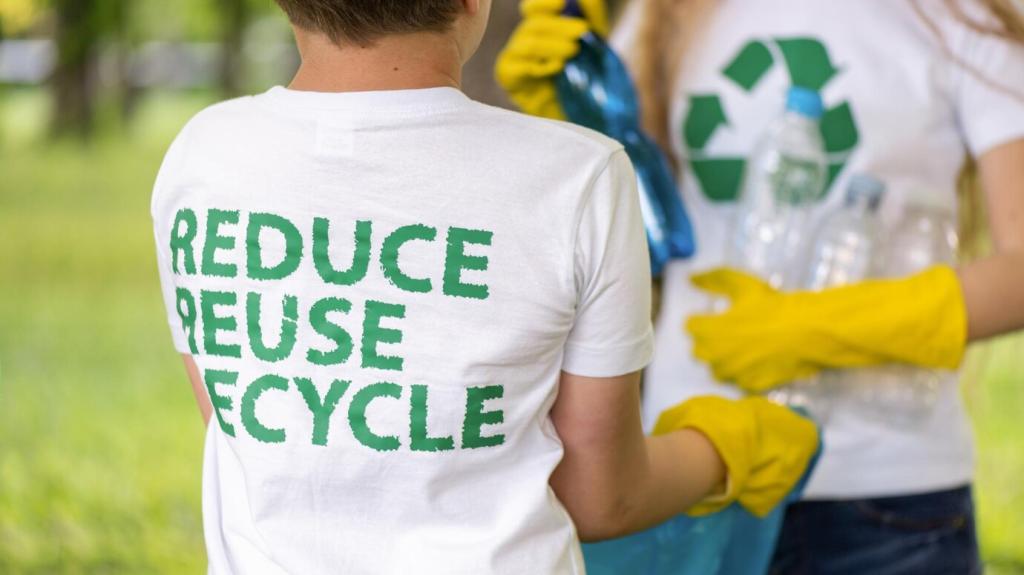
Build a Simple, Safe, and Effective Eco Cleaning Kit
Microfiber cloths, a soft-bristle brush, refillable amber spray bottles, unbleached cotton rags, a rubber squeegee for glass, and a HEPA vacuum with upholstery tools. Add felt pads, coasters, and a hygrometer. Which tool surprised you with its versatility? Share your sleeper hit.
Build a Simple, Safe, and Effective Eco Cleaning Kit
General cleaner: warm water plus a small dash of castile soap. Glass: vinegar and water, wiped then buffed dry. Wood refresh: beeswax with a touch of mineral or walnut oil—check finish compatibility first. Avoid essential oils on water-based coatings. Post your go-to ratios below.
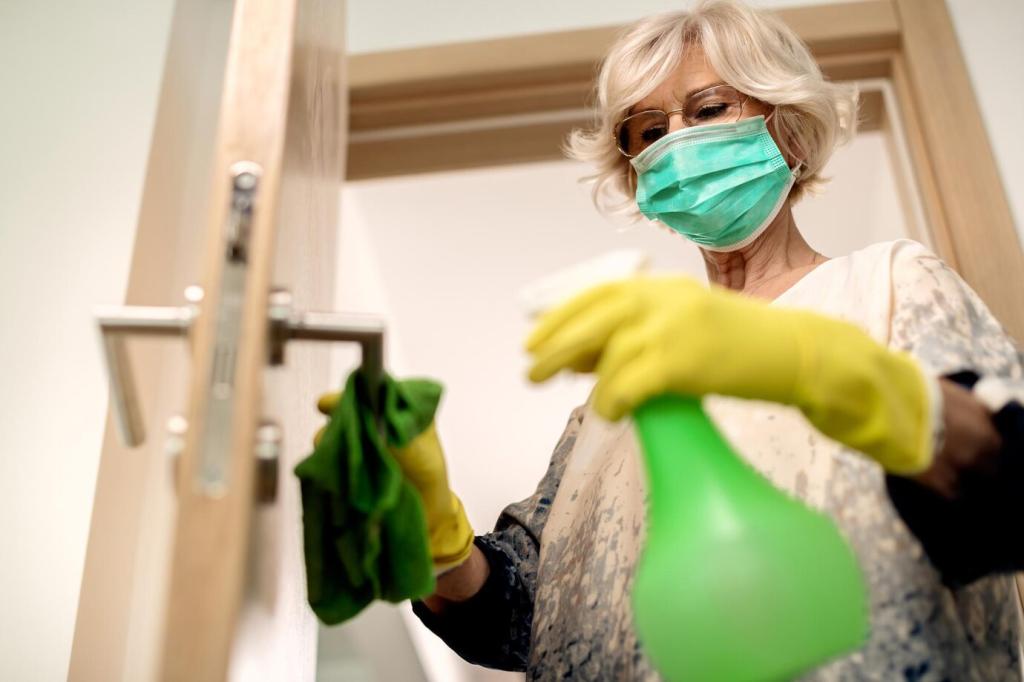
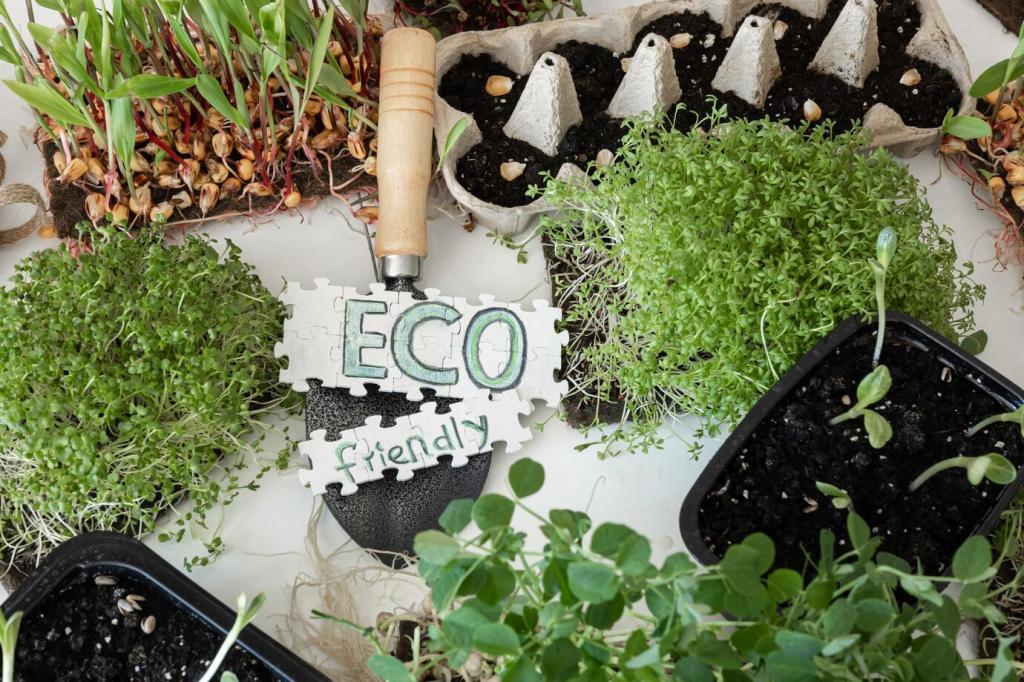
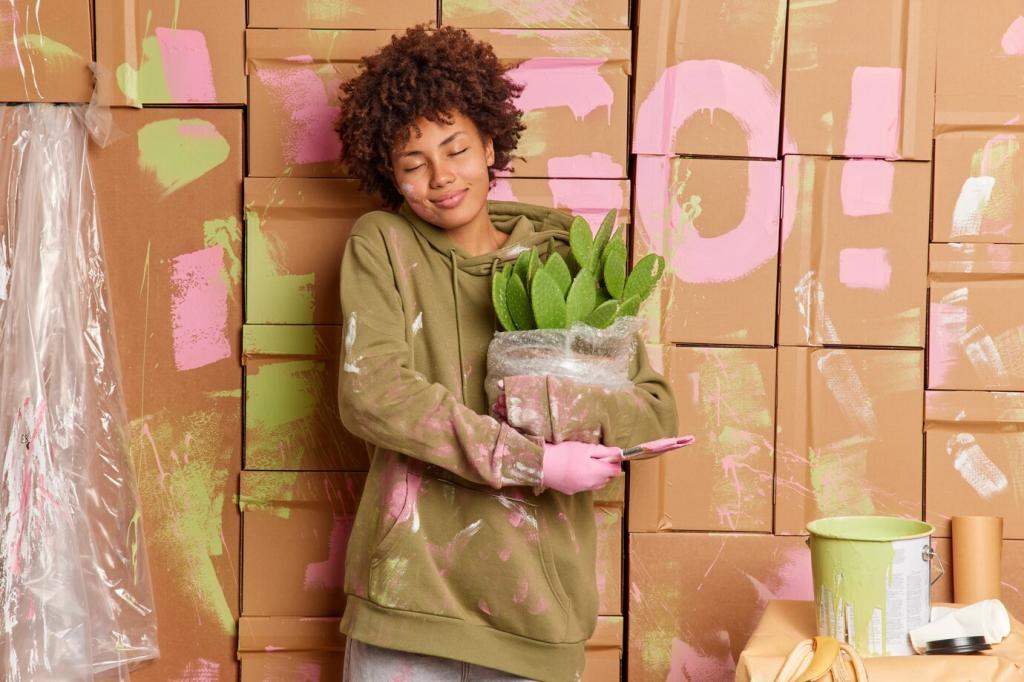

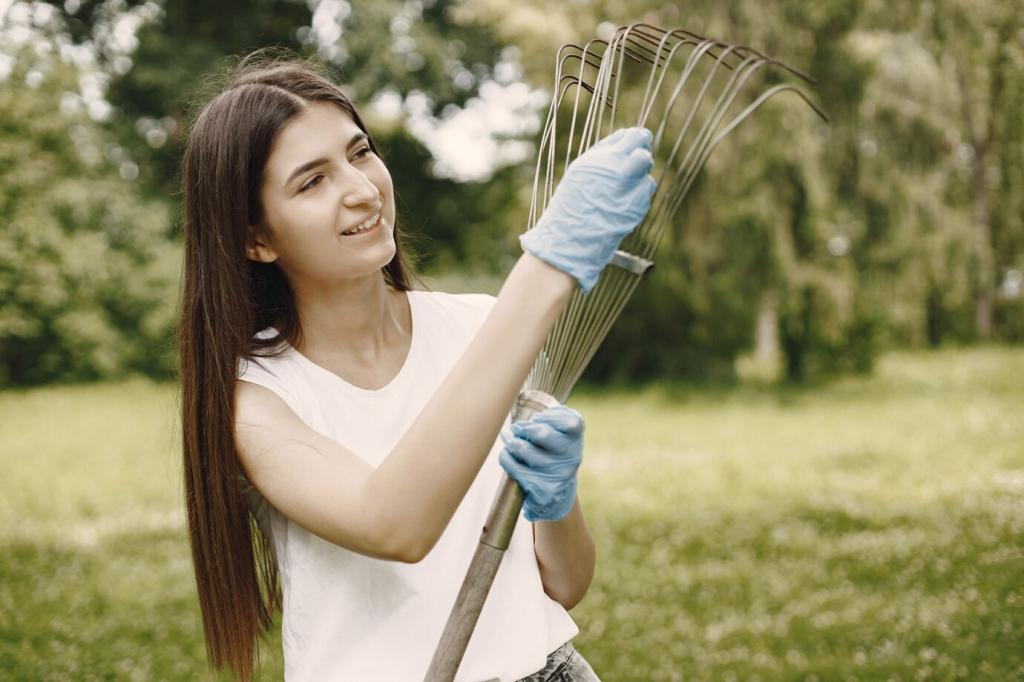
Repair, Refresh, and Real Stories From the Community
For minor wood scratches, rub a walnut or pecan along the grain, then buff softly. For oiled finishes, a light re-oil after cleaning can restore luster—always test. Water rings? Try a low-heat hairdryer, moving constantly, then lightly polish. Share your most surprising fix.
Repair, Refresh, and Real Stories From the Community
Sprinkle baking soda on cushions, wait an hour, vacuum slowly with a HEPA tool. Activated charcoal nearby absorbs persistent odors. Open windows for cross-breeze instead of synthetic sprays. What natural freshening trick do you swear by? Comment so we can feature your method.
